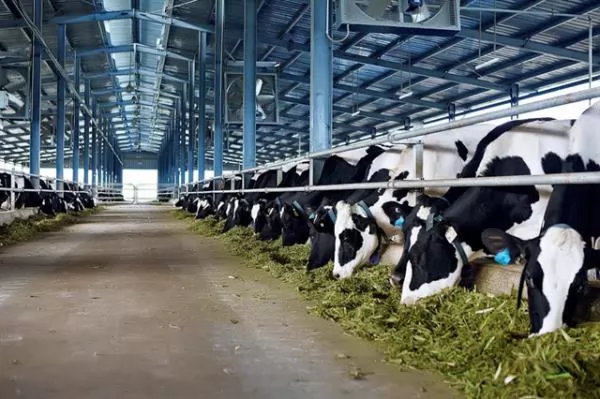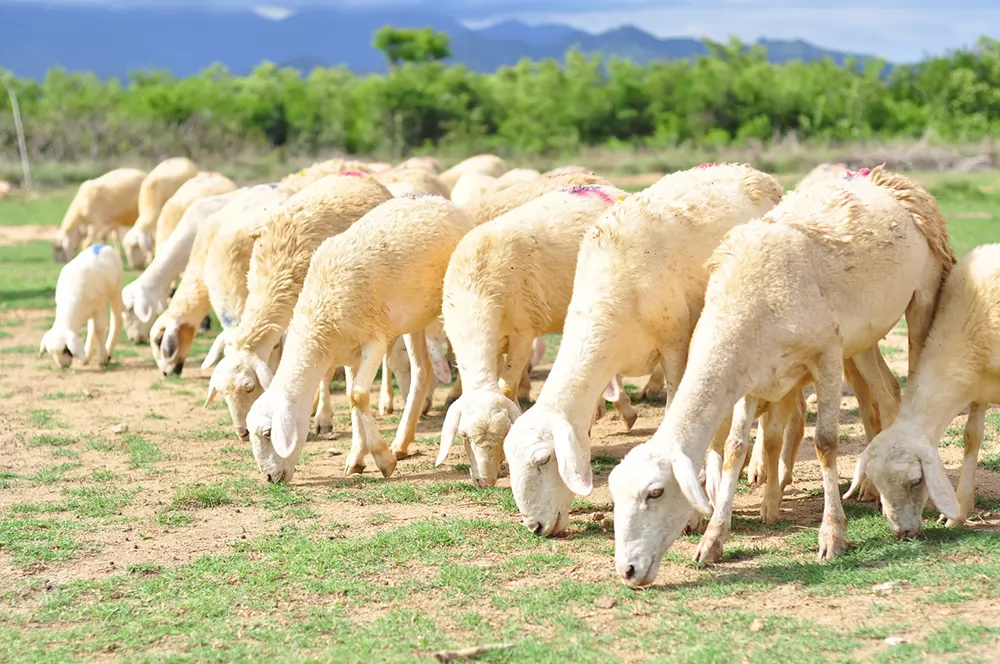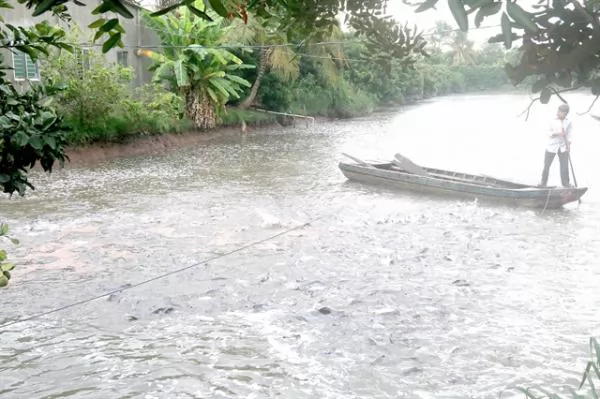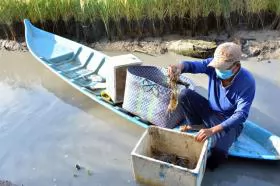Tech important to promoting dairy industry

A diary farm of Vietnam Dairy Products Joint Stock Company. Technology plays a vital role in increasing the yield and quality of dairy products. — Photo vinamilk.com.vn
Việt Nam had large room to promote the dairy industry with the application of technology in farming and processing to establish value chain, given the rising demand for dairy products in the domestic and global markets, according to the Việt Nam Ruminant Husbandry Association.
HÀ NỘI — Việt Nam has significant room to promote the dairy industry with the application of technology in farming and processing to establish a value chain, given the rising demand for dairy products in the domestic and global markets, according to the Việt Nam Ruminant Husbandry Association.
With more than 28,000 farms with a total of nearly 375,000 cow heads and an output of more than 1.2 million tonnes per year, the dairy industry met only 42 per cent of domestic market demand, while the rest relies on imports.
According to General Department of Customs statistics, Việt Nam spent an average of US$1 billion per year to import milk in 2018-20. In 2021, Việt Nam imported dairy products worth $1.138 billion, an increase of 12.56 per cent against 2020.
Hoàng Kim Giao, President of the Việt Nam Ruminant Husbandry Association, said that the development of cow herds faced several problems, including the pressure from disease prevention, farmers lacking knowledge about nutrition for high yield, and limited application of high-tech cow raising techniques.
In addition, cow husbandry remained scattered, with nearly 60 per cent of cows raised in households, which was a significant cause for difficulty in controlling disease and ensuring stable milk quality.
He also pointed out a lack of linkage between farmers and milk processing facilities.
The increase in cow herds will also create pressure on the environment, Giao said.
He said it was necessary to increase the application of high-tech cow raising techniques to increase productivity and quality.
According to Giao, Việt Nam has significant room to promote the dairy industry, adding that the focus would be placed on increasing the application of technology in dairy raising and processing and establishing a value chain.
Many high-tech dairy cow farms were established recently, such as the Mộc Châu diary complex in Sơn La Province of Vinamilk, with a total investment of VNĐ3.15 trillion with a cow herd of 4,000, which was expected to supply about 20 million litres of milk per year.
Tống Xuân Chinh, Deputy Director of the Department of Livestock Production under the Ministry of Agriculture and Rural Development, said that Việt Nam was currently leading Southeast Asia in terms of the industrialisation level of the dairy industry, with the output growth consistently higher than the growth in the herd.
He added that the country's cow productivity was much higher than in other regions.
Chinh said that the focus should be placed on building a value chain, which was essential to ensuring sustainable development for the dairy industry.
Chinh pointed out that cow breeding methods had changed positively and contributed mainly to forming a modern dairy farming and processing industry. Việt Nam’s milk and dairy products were exported to 48 countries with a revenue of more than $300 million in 2021.
The domestic dairy industry earned respective revenues of VNĐ113.7 trillion (US$4.9 billion) and VNĐ119.3 trillion in 2020 and 2021, mainly from fresh and powdered milk.
In 2021 alone, the industry produced over 1.77 billion litres of fresh milk, up 4.5 per cent year-on-year. — VNS
Maybe you are interested

Digital technology in livestock and veterinary management: Accurate and reducing work load
With the application of livestock and veterinary management software, Ninh Thuan expects to grasp changes in livestock farming every time and manage diseases in livestock well.

Tiền Giang Province develops fresh water aquaculture
The Cửu Long (Mekong) Delta province of Tiền Giang is expanding fresh water aquaculture in upstream localities of the Tiền River.

Mekong Delta to expand shrimp - rice farming model
HCM CITY — The shrimp - rice farming model in the Cửu Long (Mekong) Delta will offer farmers greater benefits when all related stakeholders work together to improve its value and protect the environment...





